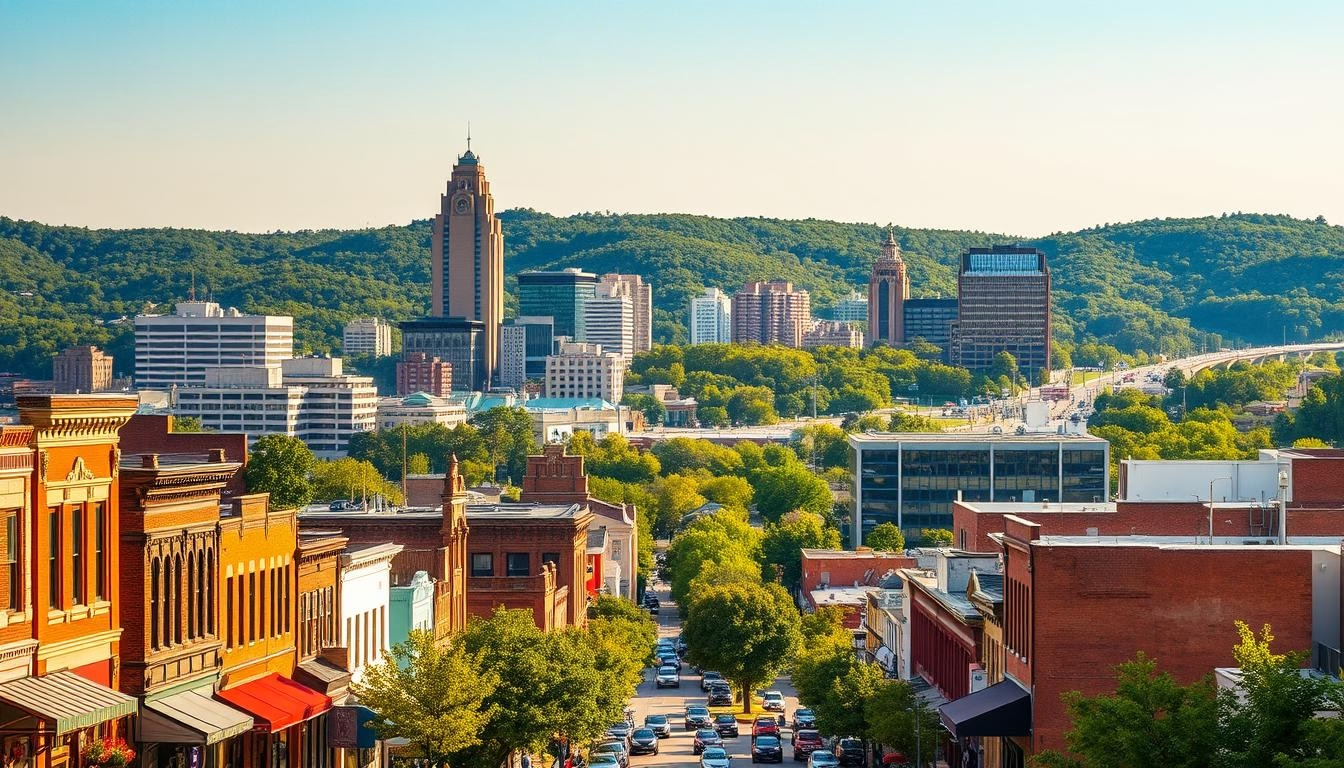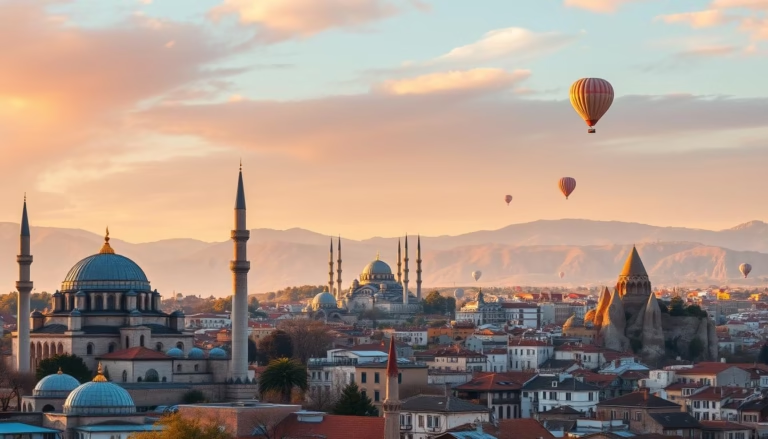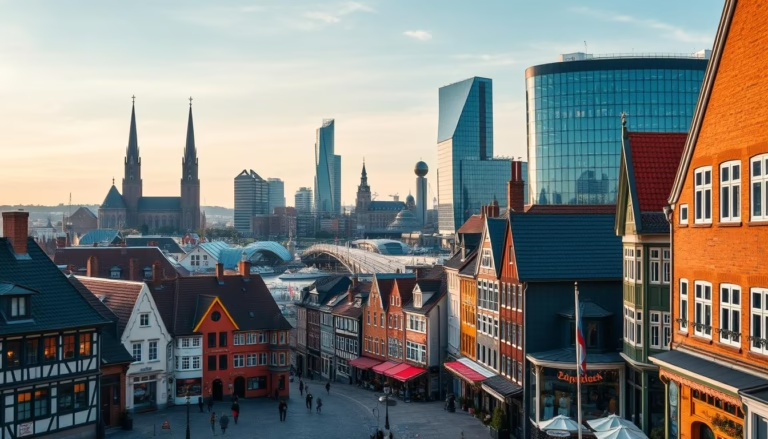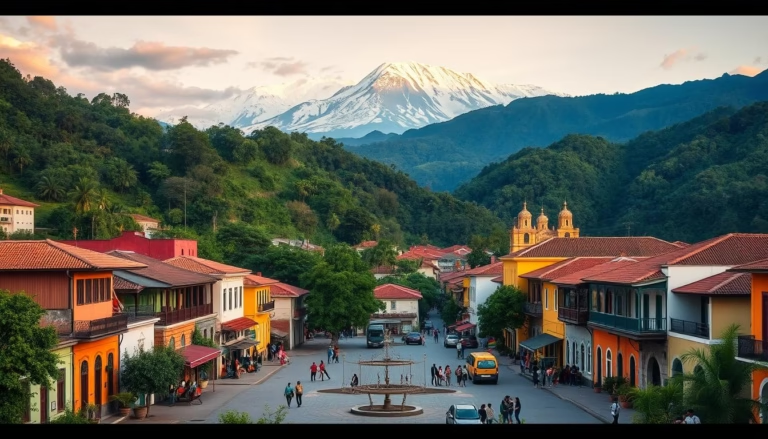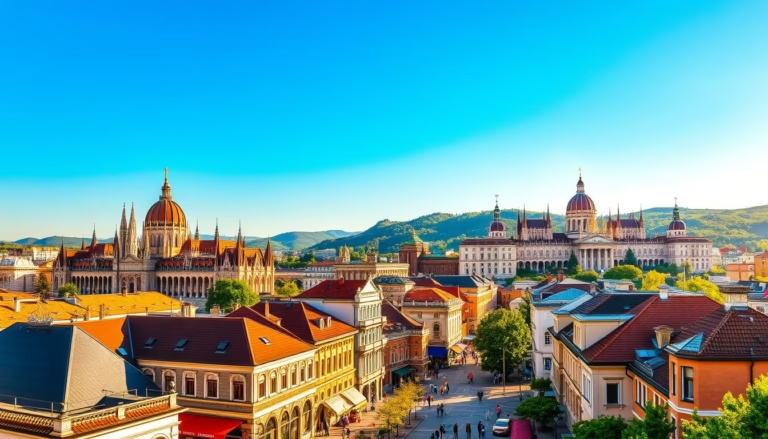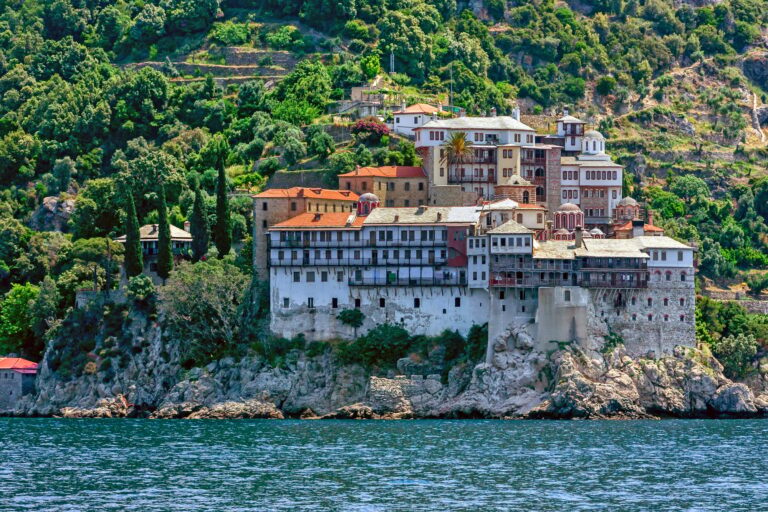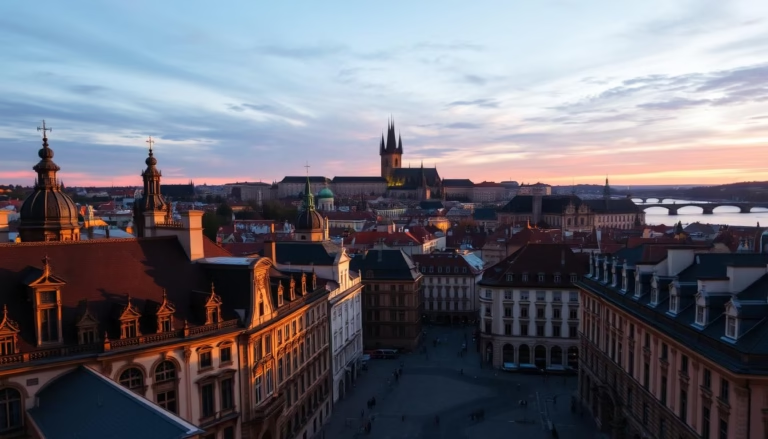Discover the Best Cities in Arkansas to Live and Visit
Did you know Arkansas boasts 52 state parks within its borders? That’s more green space per capita than most states east of the Mississippi. Known as the Natural State, this Southern gem combines rugged mountain trails, serene lakes, and communities where historic charm meets modern energy.
Over the past decade, Arkansas has quietly evolved into a cultural crossroads. Its central location makes road trips to Dallas, Memphis, or Nashville easy weekend adventures. Yet many find themselves staying put—thanks to thriving job markets in tech, healthcare, and manufacturing.
What truly sets Arkansas apart is its variety. You’ll find college towns buzzing with art festivals alongside quiet communities where front-porch conversations still shape daily life. Even urban centers here maintain a neighborly vibe, blending farm-to-table dining with hiking trails minutes from downtown.
Key Takeaways
- Arkansas offers 52 state parks and two national forests for outdoor enthusiasts
- The state’s central location provides easy access to major Southern cities
- Growing industries create diverse career opportunities in urban areas
- Communities balance modern amenities with historic character
- Cost of living remains below the national average
- Cultural attractions range from blues festivals to world-class museums
Introduction to Arkansas: The Natural State
Arkansas earns its “Natural State” title through landscapes that shift from rolling foothills to mirror-like waterways. Towering pine forests frame valleys where rivers carve paths through ancient stone. This isn’t just scenery—it’s a playground for adventurers and a sanctuary for those craving quiet moments under open skies.
Natural Beauty and Community Spirit
The Ozark and Ouachita ranges dominate the horizon, offering trails that challenge hikers and vistas that reward photographers. With 52 state parks and two national forests, outdoor options span kayaking on the Buffalo River or camping under star-filled skies. Seasonal changes paint the terrain in wildflowers, autumn gold, or frost-kissed evergreens.
Small towns here thrive on connection. Annual festivals like Mount Magazine’s Butterfly Days or Eureka Springs’ Folk Festival turn strangers into friends. Farmers’ markets double as social hubs, where recipes get swapped as quickly as fresh produce.
Cultural and Historical Overview
From ancient Native American mounds to Civil Rights landmarks, Arkansas tells layered stories. The Little Rock Central High School National Historic Site preserves pivotal moments, while towns like Hot Springs blend Prohibition-era lore with modern art galleries.
| Feature | Ozark Mountains | Ouachita Mountains |
|---|---|---|
| National Forest | Ozark National Forest | Ouachita National Forest |
| Notable Park | Buffalo National River | Hot Springs National Park |
| Popular Activity | Hiking, Canoeing | Thermal Baths, Hiking |
Local creativity shines through pottery workshops in Mountain View and blues music drifting from Delta juke joints. Whether exploring crystal mines or sipping craft cider at orchard festivals, every experience feels rooted in place and shared with pride.
Spotlight: best cities in arkansas to live and visit
Communities across the state share traits that elevate daily experiences while keeping budgets intact. Affordable housing markets and below-average utility costs let people prioritize adventures over expenses—a rare balance in today’s economy.
Key Factors That Define the Top Cities
Employment stability fuels growth here. Healthcare networks like Baptist Health and education hubs such as the University of Arkansas create career paths for diverse skill sets. Thriving communities in Northwest Arkansas blend innovation with Southern hospitality, attracting professionals and families alike.
Educational opportunities shine through top-tier school districts and access to community colleges. Many neighborhoods prioritize walkability, with parks and libraries within a short stroll. Weekly farmers’ markets and local theaters add cultural texture without big-city price tags.
Outdoor enthusiasts find trails and lakes minutes from home. Cities integrate green spaces seamlessly—think kayak launches near downtown areas or bike paths connecting residential zones to coffee shops. This fusion of nature and convenience defines modern Southern living.
Healthcare access remains a cornerstone, with regional hospitals serving multiple counties. Preventive care programs and specialty clinics ensure comprehensive support for all ages. Combined with low crime rates, these elements foster environments where families thrive.
Urban Centers and Cultural Hotspots
Arkansas’s urban landscapes pulse with energy, blending rich history with modern innovation. These centers serve as gateways to unique experiences, where skylines meet scenic trails and museums neighbor music venues.
Little Rock – The Capital and Cultural Epicenter
Home to 200,000 residents, Little Rock anchors the state as its political and economic hub. The median home price of $180,000 makes city living accessible, while the Arkansas River provides kayaking and cycling paths minutes from downtown. Young professionals flock here for government and tech jobs, drawn by a median income of $56,000 that stretches further than in coastal metros.
The revitalized River Market District epitomizes urban renewal. Former warehouses now host farm-to-table eateries and indie boutiques. Cultural landmarks like the Clinton Presidential Center and Arkansas Arts Center host traveling exhibitions, proving you don’t need big-city crowds for world-class art.
Fort Smith – Historic Charm Meets Modern Life
At Oklahoma’s border, Fort Smith (population 89,000) marries Wild West lore with 21st-century comforts. The $137,000 median home price supports affordable living near sites like the 1817 military post. Yet this isn’t a history frozen in time—brew pubs and live music venues energize downtown after dark.
Families appreciate the city’s balance: top-rated schools, medical centers, and festivals celebrating everything from bluegrass to BBQ. As one local chef puts it, “We honor our past but keep one boot firmly in the present.” That spirit shines in repurposed spaces like the Bakery District, where artisan shops thrive in century-old buildings.
Suburban Life and Family-Friendly Communities
Beyond bustling downtowns, Arkansas’s quieter neighborhoods shine as havens for raising families. These areas blend spacious yards with easy access to urban perks, creating environments where kids ride bikes to school and neighbors greet each other by name.
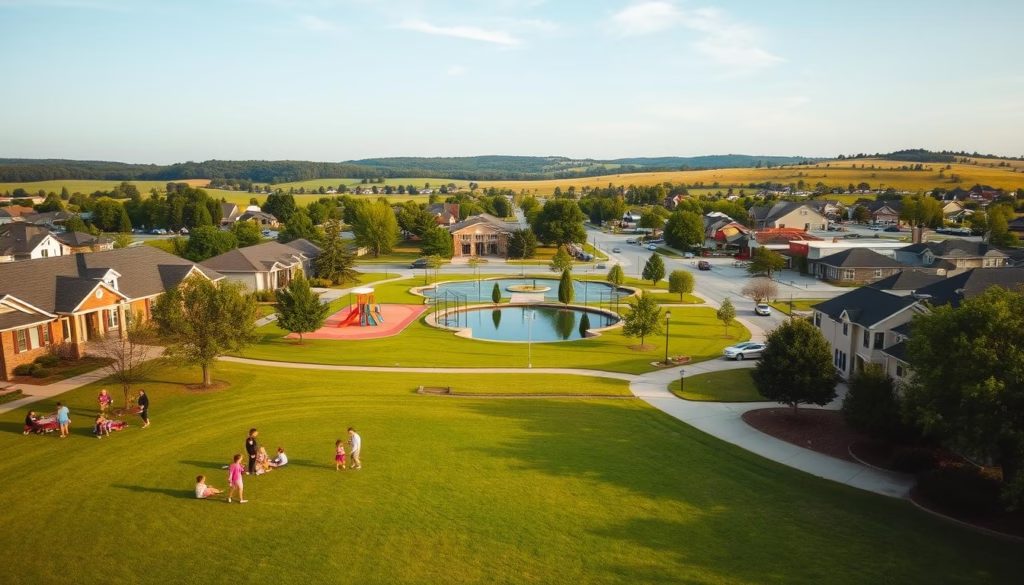
Neighborhoods Offering a Blend of Comfort and Convenience
Bryant exemplifies suburban appeal with its $181,000 median home price and top-ranked schools. Located near Little Rock, this area lets residents enjoy peaceful streets while working in the capital’s thriving job market. Community events like the annual Saline County Fair foster connections across generations.
Conway—nicknamed the “City of Colleges”—mixes academic energy with hometown warmth. Three universities create cultural opportunities rarely found in towns of 65,000 people. Local parks host free concerts, while bike trails connect neighborhoods to downtown’s coffee shops and boutiques.
These communities prioritize safety through neighborhood watch programs and low crime rates. Parents appreciate sidewalks leading to playgrounds and libraries. As one Bryant teacher notes, “Our streets feel like extensions of living rooms—everyone looks out for each other.”
Affordable housing options range from Craftsman-style homes to new builds with modern layouts. Many subdivisions sit minutes from major employers, balancing short commutes with quiet evenings watching fireflies. Weekly farmers’ markets and youth sports leagues keep calendars full without emptying wallets.
Northwest Arkansas: A Hub of Growth and Innovation
Where corporate giants meet mountain trails, this region redefines Southern prosperity. With a metro population nearing 600,000, northwest Arkansas blends Fortune 500 energy with Ozark charm. The median household income of $73,364 outpaces state averages, fueled by diverse industries from logistics to tech.
Bentonville and Rogers – Economic Powerhouses in the Region
Bentonville’s evolution from small town to economic engine began with Walmart’s 1962 founding. Today, 55,000 residents enjoy a median home price of $275,000 alongside cultural gems like Crystal Bridges Museum. This architectural marvel houses American masterpieces from colonial portraits to modern installations.
Roger’s 71,000 residents experience similar growth with a $321,000 median home price. Historic downtown buildings now host craft breweries and chef-driven eateries. “We’ve kept our Main Street soul while building tomorrow’s infrastructure,” notes a local business owner.
The Razorback Greenway connects communities through 40 miles of trails. Cyclists pedal past corporate campuses to lakeside picnic spots. Major employers like Tyson Foods and J.B. Hunt ensure stable careers, while startups flock to co-working spaces near bike repair shops.
This synergy between work and play attracts families and professionals alike. Farmers’ markets operate beside tech incubators, and concert series echo near hiking trailheads. As one recent transplant shared, “Where else can you tour a world-class museum and kayak the same afternoon?”
Mountain Towns and Scenic Retreats
Nestled among ancient peaks, Arkansas’s elevated communities offer therapeutic escapes and tight-knit living. These towns blend mineral-rich waters with forest adventures, creating environments where relaxation and exploration coexist.
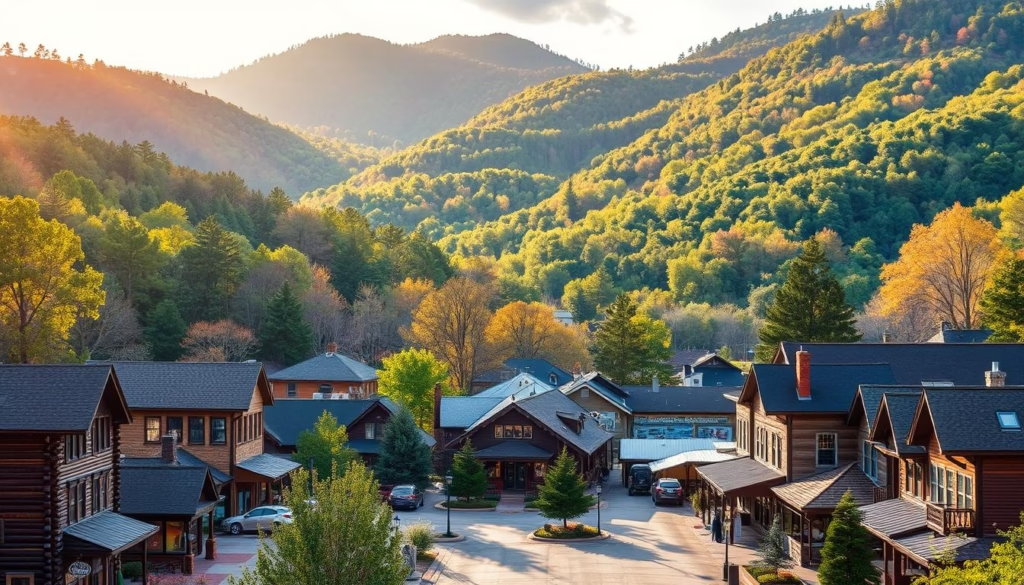
Hot Springs and Siloam Springs: Experiences in Nature
With a median home price of $130,000, Hot Springs draws visitors seeking both affordability and geothermal wonders. The town’s 38,000 residents enjoy free access to Hot Springs National Park—the only U.S. national park surrounding urban areas. Historic bathhouses stand alongside modern breweries, creating a unique mix of past and present.
Siloam Springs charms with its 17,500 residents and Ozark Mountain backdrop. Home to John Brown University, this community balances academic energy with riverside tranquility. Families thrive here thanks to a median income of $52,000 and hiking trails connecting neighborhoods to waterfalls.
| Feature | Hot Springs | Siloam Springs |
|---|---|---|
| Signature Attraction | Thermal Baths | Natural Springs |
| Outdoor Highlight | West Mountain Trails | Ozark National Forest |
| Unique Event | Bathtub Races | Dogwood Festival |
Both towns prioritize accessible recreation. Hot Springs’ Magic Springs theme park delivers family thrills, while Siloam’s Kayak Park transforms river rapids into urban adventures. As a local guide notes, “Our trails lead to more than views—they connect communities.”
Cultural calendars stay full with art walks and bluegrass concerts. These mountain hubs prove you don’t need skyscrapers to enjoy vibrant living—just clear skies and welcoming neighbors.
Affordable Living and Economic Opportunities
Financial flexibility shapes daily life here, where paychecks stretch further than national averages. From grocery bills to utility costs, everyday expenses run 15% below U.S. norms. This creates breathing room for families and retirees alike.
Cost of Living and Real Estate Trends
Housing remains the standout advantage. Median home prices range from $130,000 in Hot Springs to $429,150 in booming Northwest Arkansas—still 30% below coastal equivalents. Even in tech hubs like Bentonville, a $275,000 median home buys 3 bedrooms near mountain trails.
Tax policies sweeten the deal. Retirees benefit from income exemptions, while property taxes average just 0.61% statewide. “You get Memphis-style amenities at Alabama prices,” notes a Little Rock realtor.
- Groceries cost 8% less than national average
- Healthcare premiums 22% below U.S. median
- No state inheritance tax
The real estate market balances growth with stability. Northwest Arkansas sees 6% annual appreciation, while historic areas like Fort Smith ($137,000 home price) maintain steady values. Diverse employers—from Tyson Foods to UAMS Medical Center—anchor local economies.
This synergy between cost efficiency and opportunity attracts remote workers and families. As one Fayetteville resident puts it: “We hike world-class trails by morning and build careers by afternoon—all without financial stress.”
Educational and Cultural Attractions
Arkansas’s heartbeat thrives in its classrooms and galleries, where learning and creativity spark community connections. From cutting-edge research hubs to folk art preserves, the state offers spaces where ideas flourish across generations.
Universities, Museums, and Art Venues
Arkansas State University anchors regional innovation with programs in agriculture and digital media. Nearby, the Bradbury Art Museum showcases student work alongside national exhibits. In Northwest Arkansas, Crystal Bridges merges art and nature—its trails wind past sculptures by world-renowned artists.
Historic venues like Little Rock’s Mosaic Templars Cultural Center celebrate African American achievements. College towns buzz with indie bookstores and coffee shops where professors debate over locally roasted brews. Many state university campuses host public lectures and theater productions, making knowledge accessible to all.
Local Festivals and Community Events
Towns come alive during events like the Magnolia Blossom Festival, where barbecue smoke mingles with blues guitar riffs. Fayetteville’s First Thursday turns downtown into an open-air gallery, while Eureka Springs’ May Festival of the Arts transforms streets into performance stages.
Seasonal farmers’ markets double as cultural exchanges, with chefs demonstrating recipes using Arkansas-grown ingredients. From fiddle contests in Mountain View to food truck rallies near Arkansas State campuses, these gatherings turn strangers into neighbors through shared laughter and stories.
